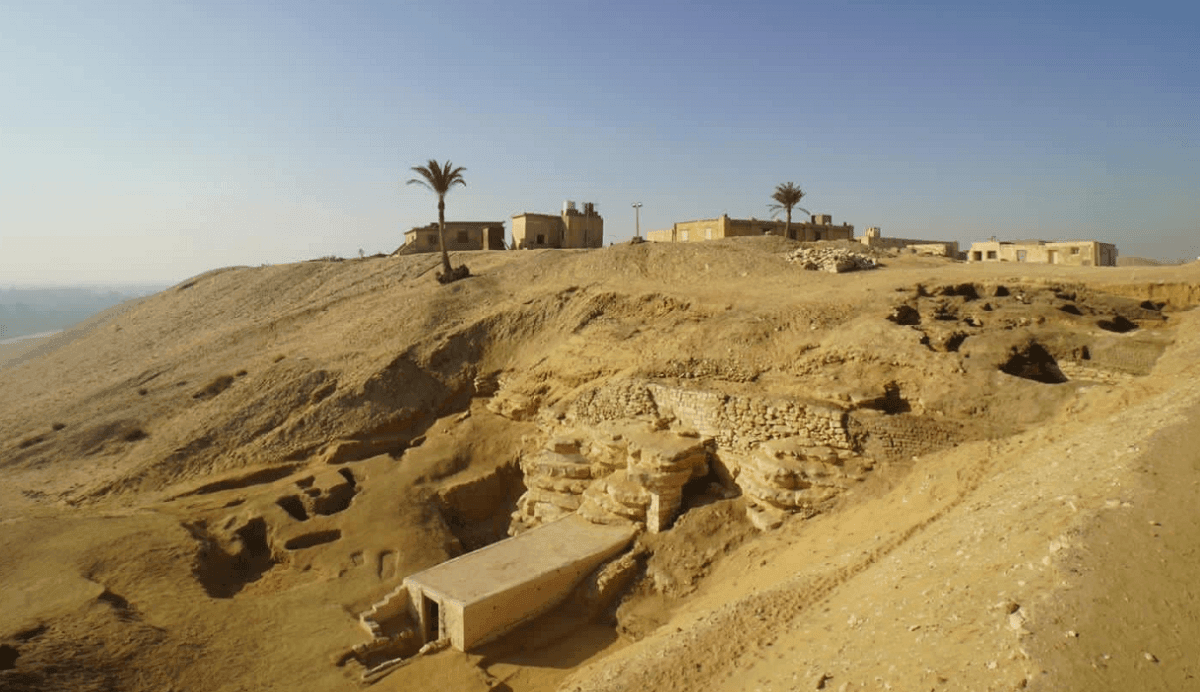Archaeologists in Egypt discovered a tomb whose age, according to scientists, exceeds 4,000 years.
The group, consisting of Egyptian and Japanese archaeologists, while working in Saqqara, discovered burials, architectural elements, and other artifacts, writes the Independent. Among the finds are the remains of a person buried in a colored mask and the burial of a small child, believed to be from the Second Dynasty.

According to experts, the tomb dates back to the period between 2649 and 2150 BC.
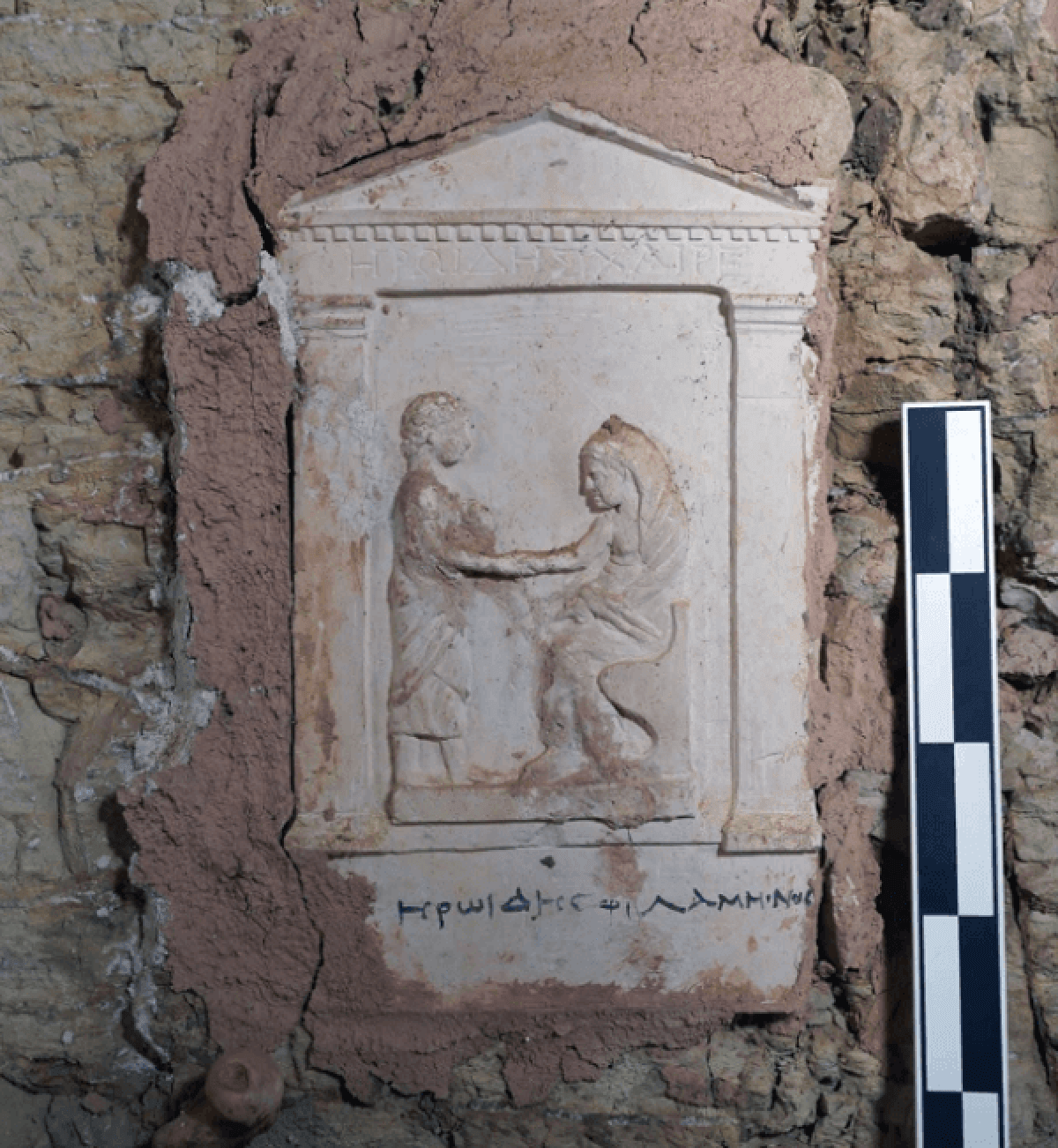
Other artifacts include a coffin from the 18th Dynasty (1550-1295 BC) containing well-preserved alabaster vessels. A Ptolemaic burial was also discovered.
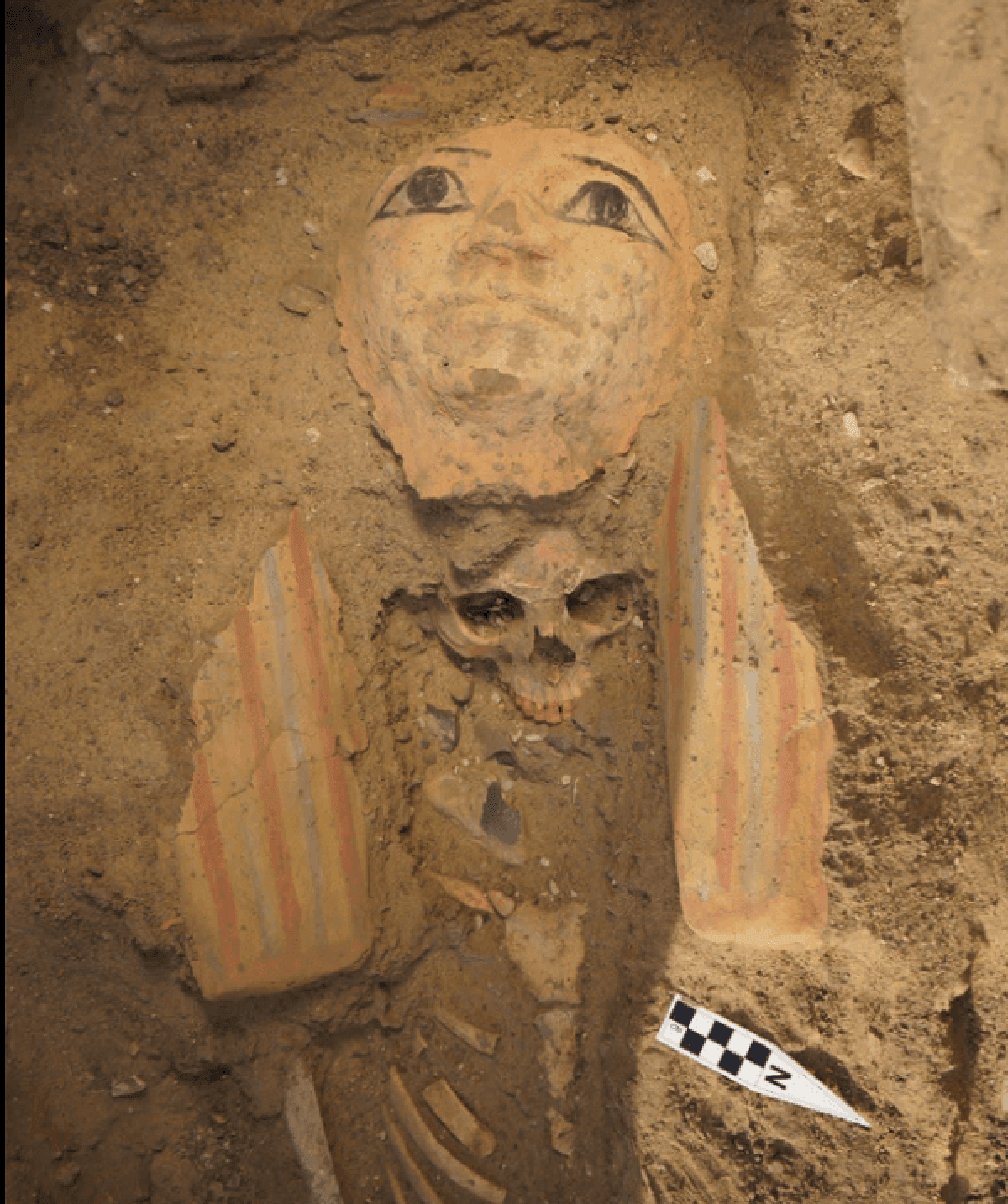
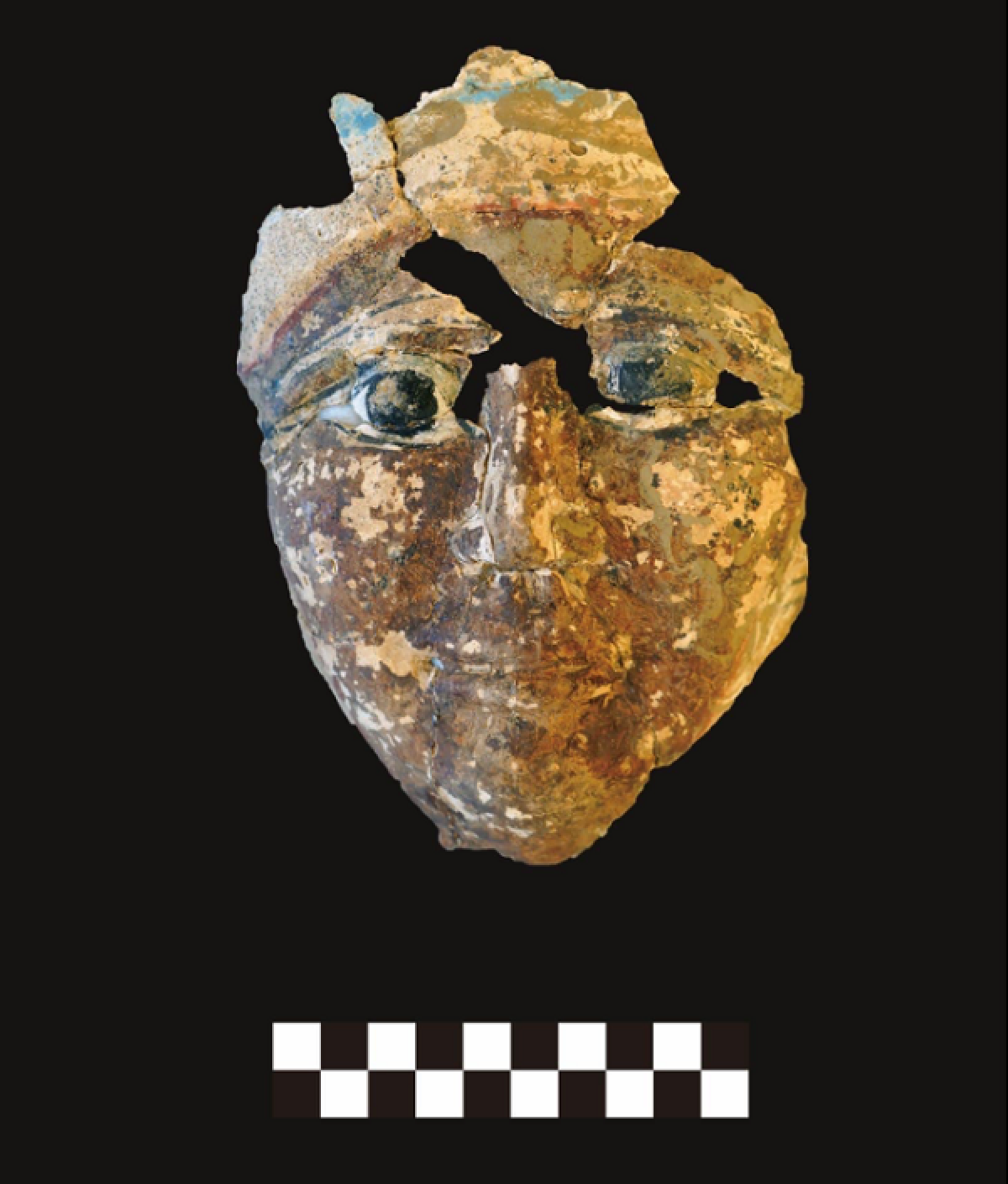
Ministry of Tourism and Antiquities
Also discovered were two terracotta statues depicting the ancient Egyptian goddess Isis, a deity originally prominent in funerary practices, and the infant deity of Harpocrates, the Ptolemaic god of silence and mystery.
Among the findings were various amulets, and pottery models with hieratic inscriptions (a cursive script used in Ancient Egypt).
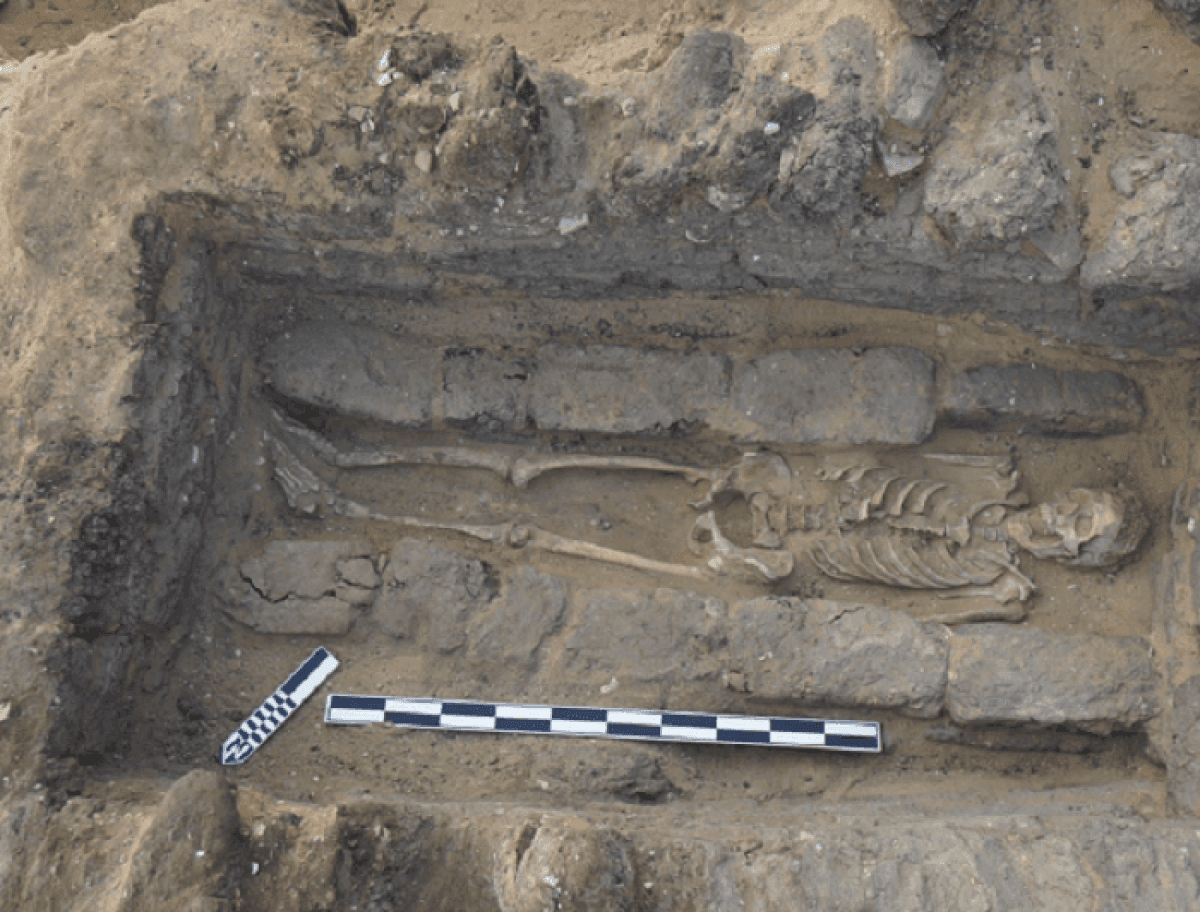
In a Facebook post, Egypt’s Ministry of Tourism and Antiquities said: “The joint Egyptian-Japanese archaeological mission of the High Council of Archeology and Waseda University has managed to discover a stone tomb dating back to the Second Dynasty, several architectural elements, burials and archaeological.
According to Japanese archaeologist Ahram Noz Kawai, this discovery “provides invaluable information about the history of this region.

